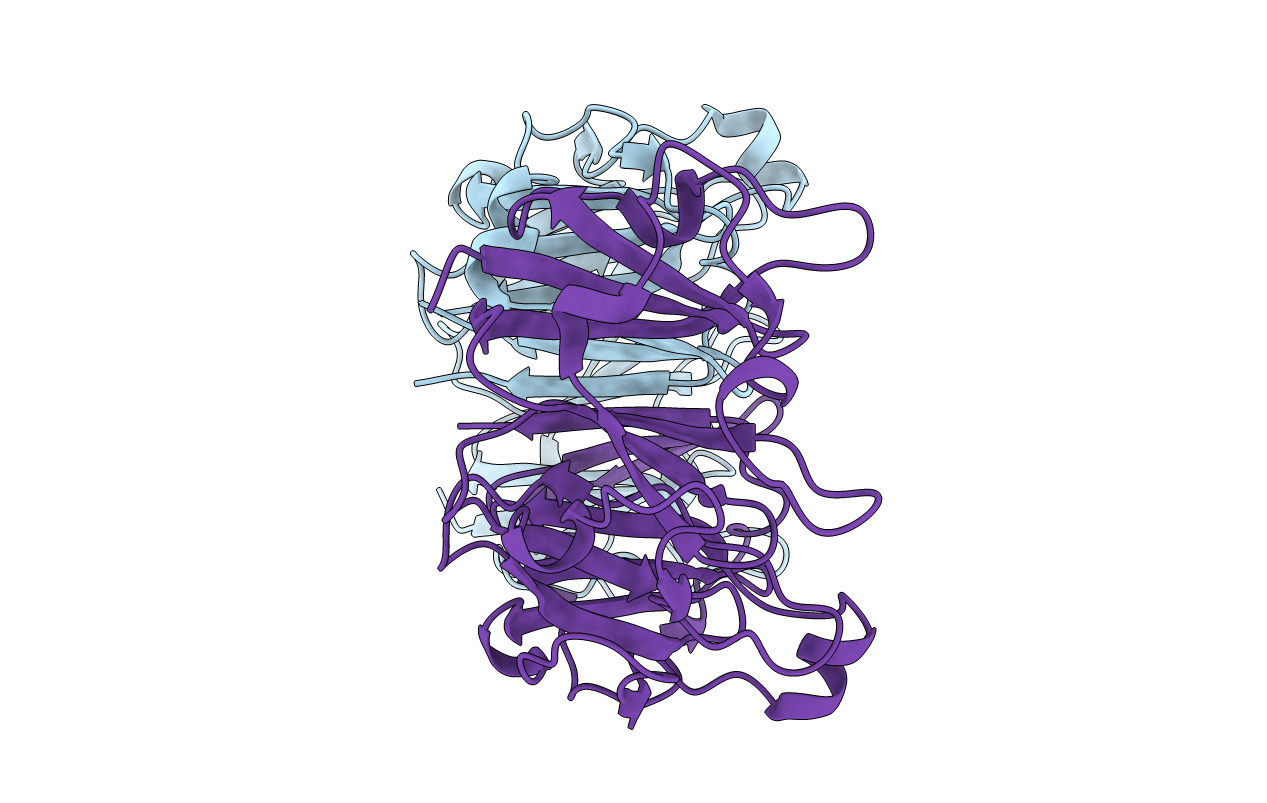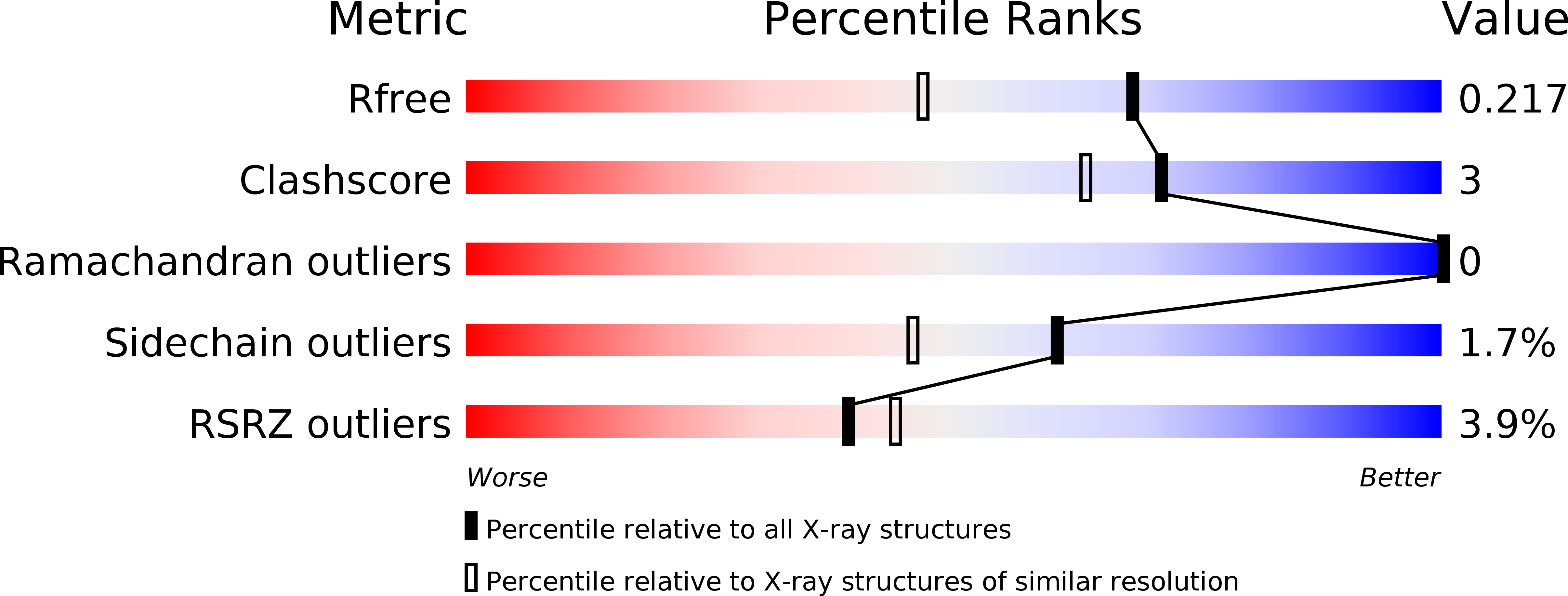
Deposition Date
2005-06-02
Release Date
2005-07-05
Last Version Date
2024-02-14
Method Details:
Experimental Method:
Resolution:
1.70 Å
R-Value Free:
0.21
R-Value Work:
0.18
R-Value Observed:
0.18
Space Group:
P 1


